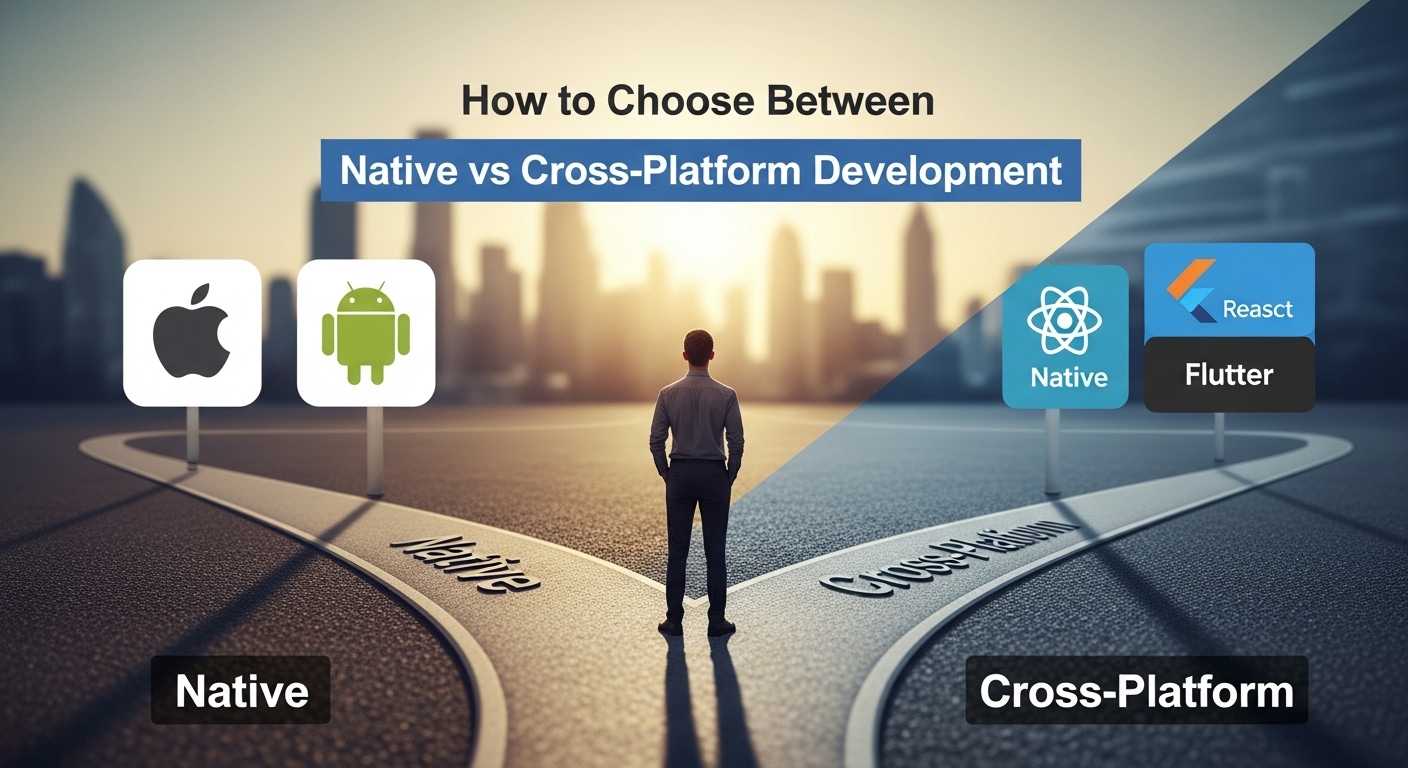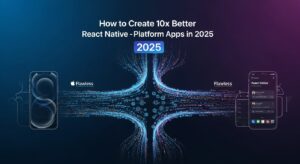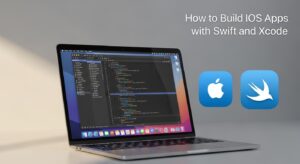When building mobile applications, the native vs cross-platform development debate remains one of the most crucial decisions facing developers and businesses today. This comprehensive guide will help you navigate this complex choice by examining performance, cost, development time, and long-term implications.
The mobile development landscape has evolved dramatically, with cross-platform solutions gaining significant traction while native development continues to dominate performance-critical applications. Understanding these approaches will save you countless hours and potentially thousands of dollars in development costs.
Understanding Native vs Cross-Platform Development Fundamentals
What is Native Development?
Native development involves creating applications specifically for one platform using platform-specific programming languages and tools. For iOS, developers use Swift or Objective-C with Xcode. Android development typically employs Java or Kotlin with Android Studio.
Native apps have direct access to device APIs, hardware features, and platform-specific UI components. This direct relationship results in optimal performance and seamless integration with the operating system.
What is Cross-Platform Development?
Cross-platform development allows developers to write code once and deploy it across multiple platforms. Popular frameworks include React Native, Flutter, Xamarin, and Ionic. These solutions promise reduced development time and cost while maintaining reasonable performance.
The native vs cross-platform development choice often comes down to balancing development efficiency with performance requirements and user experience expectations.
7 Critical Factors in Native vs Cross-Platform Development Selection
1. Performance and User Experience
Native Development Performance:
- Direct access to device hardware
- Optimal memory management
- Platform-specific animations and transitions
- Fastest execution speeds
- Superior graphics processing capabilities
Cross-Platform Performance:
- Bridge-based communication can introduce latency
- Shared codebase may not utilize platform-specific optimizations
- Generally sufficient for most business applications
- Performance gaps narrowing with newer frameworks
Aspect | Native | Cross-Platform |
Speed | Excellent | Good |
Memory Usage | Optimized | Moderate |
Graphics Performance | Superior | Adequate |
Battery Efficiency | Best | Good |
2. Development Cost Analysis
The financial implications of native vs cross-platform development extend beyond initial coding expenses.
Native Development Costs:
- Requires separate teams for iOS and Android
- Higher initial investment
- Increased testing and quality assurance expenses
- Longer time-to-market
- Ongoing maintenance for multiple codebases
Cross-Platform Cost Benefits:
- Single development team
- Shared codebase reduces development time by 30-50%
- Unified testing processes
- Faster market entry
- Streamlined maintenance procedures
According to Clutch’s 2024 Mobile Development Survey, businesses can save 20-40% on development costs using cross-platform approaches for suitable projects.
3. Development Timeline Considerations
Time-to-market often determines project success in competitive markets.
Native Development Timeline:
- Parallel development teams can work simultaneously
- Platform-specific expertise required
- Longer overall development cycle
- Separate testing phases for each platform
Cross-Platform Development Timeline:
- Single codebase accelerates development
- Unified deployment process
- Faster iterations and updates
- Reduced quality assurance time
4. Access to Device Features and APIs
Modern mobile applications increasingly rely on device-specific functionality.
Native Access Advantages:
- Immediate access to latest platform features
- Full API availability
- Custom hardware integration possibilities
- Platform-specific sensors and capabilities
Cross-Platform Limitations:
- Delayed access to newest features
- Potential API restrictions
- Plugin dependencies for advanced functionality
- Possible performance bottlenecks for hardware-intensive features
5. User Interface and Design Flexibility
The native vs cross-platform development decision significantly impacts design possibilities.
Native UI Benefits:
- Platform-specific design guidelines adherence
- Native look and feel
- Advanced animation capabilities
- Seamless integration with system UI
Cross-Platform UI Considerations:
- Consistent design across platforms
- Potential compromises in platform-specific aesthetics
- Limited access to platform-unique UI elements
- Growing design system sophistication
6. Scalability and Maintenance
Long-term project sustainability requires careful consideration of maintenance requirements.
Native Scalability:
- Independent platform evolution
- Easier integration of platform-specific features
- Separate maintenance teams required
- Higher ongoing development costs
Cross-Platform Maintenance:
- Unified codebase simplifies updates
- Consistent feature rollouts
- Single team can manage both platforms
- Framework dependency risks
7. Team Expertise and Resources
Your development team’s skills significantly influence the native vs cross-platform development choice.
Native Development Requirements:
- Platform-specific language expertise
- Deep understanding of iOS and Android ecosystems
- Separate teams or versatile developers
- Continuous learning for platform updates
Cross-Platform Development Needs:
- JavaScript/Dart knowledge for most frameworks
- Single team can handle both platforms
- Framework-specific learning curve
- Broader skill set requirements
Popular Cross-Platform Development Frameworks Comparison
React Native
Developed by Facebook, React Native powers applications like Instagram and Airbnb. It uses JavaScript and provides near-native performance through native component rendering.
Advantages:
- Large community support
- Hot reloading for faster development
- Code reusability up to 90%
- Strong third-party library ecosystem
Considerations:
- Bridge-based architecture can impact performance
- Complex animations may require native code
- Platform-specific code sometimes necessary
Flutter
Google’s Flutter uses Dart programming language and compiles to native code. Companies like Alibaba and BMW use Flutter for production applications.
Advantages:
- Single codebase for iOS and Android
- Excellent performance through native compilation
- Rich widget library
- Growing enterprise adoption
Considerations:
- Newer framework with evolving ecosystem
- Dart language learning curve
- Larger app sizes compared to native
Xamarin
Microsoft’s Xamarin allows C# developers to create cross-platform applications with native performance.
Advantages:
- Native API access
- Shared business logic
- Strong integration with Microsoft ecosystem
- Enterprise-focused features
Considerations:
- Larger application sizes
- Platform-specific UI code required
- Microsoft ecosystem dependency
When to Choose Native vs Cross-Platform Development
Choose Native Development When:
- Performance is Critical: Games, AR/VR applications, or computationally intensive apps benefit from native optimization.
- Platform-Specific Features: Applications requiring cutting-edge platform features or extensive hardware integration.
- Complex User Interfaces: Apps needing sophisticated animations, custom UI elements, or platform-specific design patterns.
- Long-Term Projects: Applications with multi-year development cycles where platform evolution matters.
- Large Development Budgets: Projects with resources for separate platform teams.
Choose Cross-Platform Development When:
- Rapid Development Required: Startups and MVPs needing quick market entry.
- Limited Budgets: Projects requiring cost optimization without significant performance sacrifices.
- Business Applications: Enterprise apps, productivity tools, or content-focused applications.
- Consistent User Experience: Applications prioritizing unified design and functionality across platforms.
- Small Development Teams: Organizations with limited developer resources.
Future Trends in Native vs Cross-Platform Development
The native vs cross-platform development landscape continues evolving with emerging technologies and frameworks.
- WebAssembly Integration: WebAssembly promises to bridge performance gaps in cross-platform development by enabling near-native speeds for web-based applications.
- Progressive Web Apps (PWAs): PWAs offer app-like experiences through web technologies, potentially disrupting traditional mobile development approaches.
- Emerging Frameworks: New frameworks like .NET MAUI and Kotlin Multiplatform Mobile are expanding cross-platform development options with improved performance characteristics.
Making Your Development Decision
The native vs cross-platform development choice depends on your specific requirements, resources, and long-term goals. Consider these final recommendations:
Assessment Framework:
- Define Performance Requirements: Identify critical performance metrics and user experience expectations.
- Evaluate Budget Constraints: Calculate total development and maintenance costs for both approaches.
- Assess Timeline Pressures: Determine if rapid deployment or feature completeness takes priority.
- Review Team Capabilities: Align development approach with existing skills and hiring possibilities.
- Consider Future Roadmap: Plan for long-term feature development and platform evolution.
Conclusion
The native vs cross-platform development decision requires careful evaluation of performance needs, budget constraints, timeline requirements, and team capabilities. While native development offers superior performance and platform integration, cross-platform solutions provide cost-effective rapid development for many use cases.
Success depends on matching your development approach to project requirements rather than following industry trends. Whether you choose native or cross-platform development, focus on delivering exceptional user experiences that meet your audience’s needs.
For detailed implementation guidance, consider consulting the official React Native documentation or Flutter development guides to explore cross-platform options further.
The mobile development ecosystem will continue evolving, but understanding these fundamental principles will help you make informed decisions regardless of emerging technologies or framework changes.











